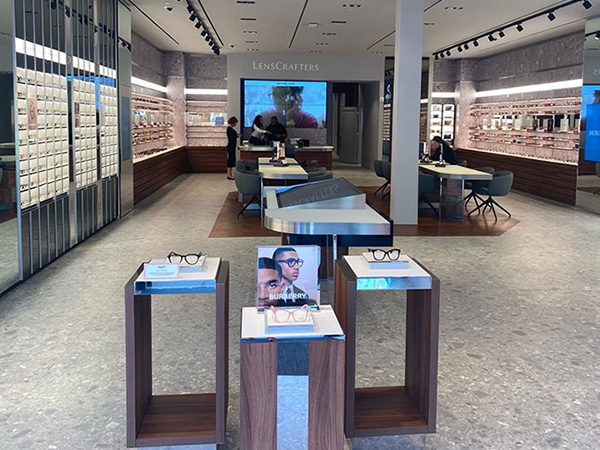
Glaucoma is one of the leading causes of irreversible vision loss worldwide, yet many people remain unaware they have it until significant damage has occurred. Often referred to as the “silent thief of sight,” glaucoma develops gradually, making regular medical eye exams essential for early detection and management.
What Is Glaucoma?
Glaucoma is a group of eye diseases that damage the optic nerve - the part of the eye responsible for transmitting visual information to the brain. This damage is often linked to high intraocular pressure (IOP), though glaucoma can also occur with normal eye pressure levels. Without treatment, the disease can lead to permanent vision loss, starting with peripheral vision and progressing toward the center.
Types of Glaucoma
Open-Angle Glaucoma: The most common form, open-angle glaucoma develops slowly when the drainage canals in the eye become clogged over time, causing pressure to build up.
Angle-Closure Glaucoma: This type occurs when the drainage angle between the iris and cornea suddenly becomes blocked, leading to a rapid increase in eye pressure. It’s a medical emergency that requires immediate attention.
Normal-Tension Glaucoma: Even with normal eye pressure, optic nerve damage can still occur due to reduced blood flow or other factors.
Secondary Glaucoma: This form develops as a result of another condition, such as eye injury, inflammation, or medication use (especially corticosteroids).
Common Causes and Risk Factors
Elevated Intraocular Pressure: The primary risk factor for most types of glaucoma.
Age: Individuals over 60 are at higher risk.
Family History: A genetic link can increase your chances of developing glaucoma.
Medical Conditions: Diabetes, high blood pressure, and certain cardiovascular diseases can raise risk levels.
Eye Injuries or Conditions: Severe eye trauma or thin corneas can contribute to glaucoma development.
Ethnicity: African Americans, Hispanics, and Asians are at a higher risk for specific forms of glaucoma.
Early Detection Is Key
Since glaucoma often progresses without noticeable symptoms, comprehensive eye exams are the best defense against vision loss. During an exam, your optometrist measures intraocular pressure, examines the optic nerve, and performs visual field testing to detect early signs of damage. Early diagnosis allows for timely treatment, which may include prescription eye drops, laser therapy, or surgery to control eye pressure and protect your vision.
Stay Ahead of Glaucoma at Brewer Eye Associates
Glaucoma is a serious but manageable condition when caught early. Regular medical eye exams are key to safeguarding your sight and preventing irreversible damage. If you have risk factors or haven’t had a recent eye exam, now is the time to schedule one.
Contact Brewer Eye Associates to schedule a comprehensive eye exam and learn more about glaucoma testing and management. Visit our office in Philadelphia or North Wales, Pennsylvania. Call (215) 600-3085 or (215) 631-8996 to book an appointment today.




